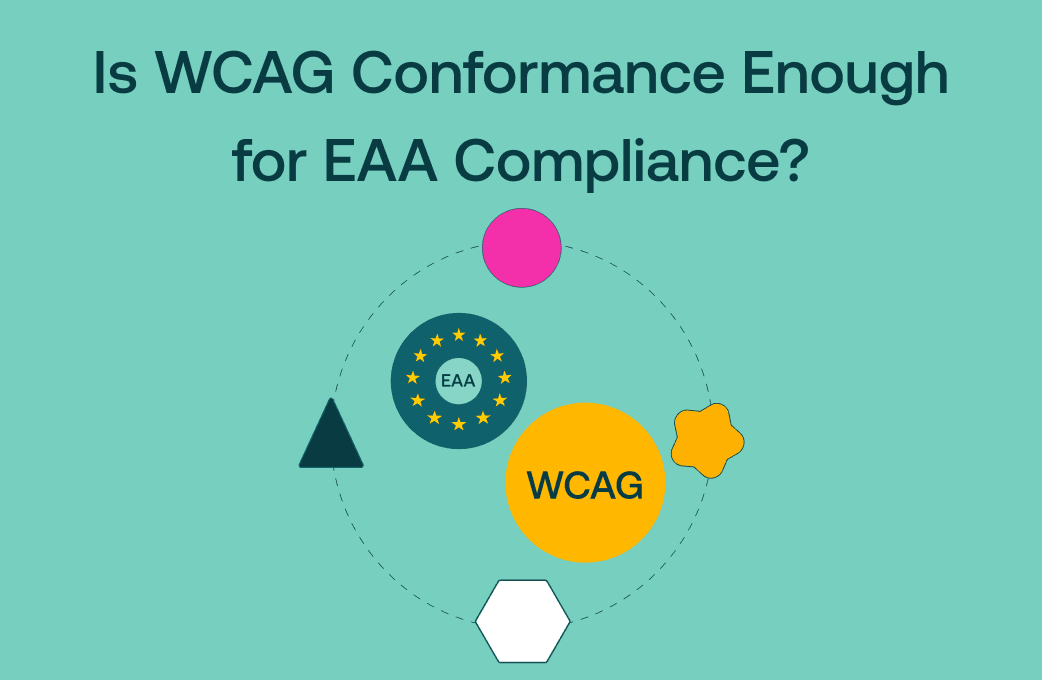EAA and WCAG: EN 301 549
The Connection between the EAA and WCAG: EN 301 549
Please bear with us with all these abbreviations; it’s actually not that complicated.
The key link between the WCAG and EAA is something known as EN 301 549, a European Standard for accessibility requirements for ICT products and services. A European Standard is essentially just a set of agreed rules or guidelines used across Europe to make sure products, services, or systems are safe, reliable, and work well together.
Because the EN 301 549 is a harmonised standard under EU law, it can be used to demonstrate compliance with legal accessibility requirements, like those in the European Accessibility Act (EAA). So while the EAA sets the legal obligation for digital accessibility, EN 301 549 provides the technical details of how to actually go about meeting those obligations.
EN 301 549 is not a law in and of itself; however, it can be considered a “presumption of conformity” for the EAA - i.e. it serves as the means of demonstrating compliance with the EAA.
So what is the relationship between EN 301 549 and WCAG?
Well, while EN 301 549 was originally created in 2014 with no direct link to WCAG, it was updated in 2018 to adopt the WCAG 2.1 AA standards as a key baseline of accessibility for websites, mobile apps and digital documents.
So there is your connection: WCAG forms the basis of EN 301 549, which in turn is used to demonstrate compliance with the EAA.

